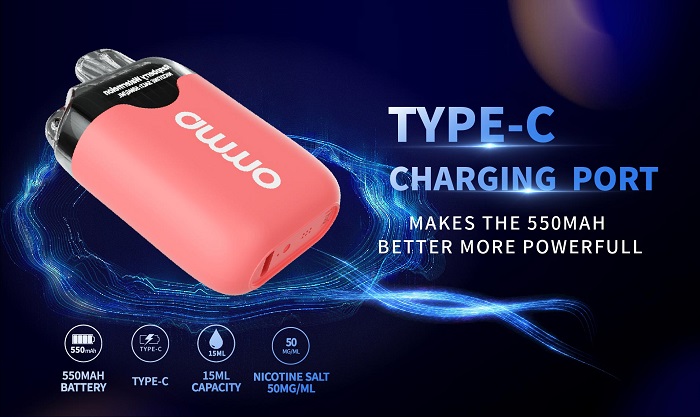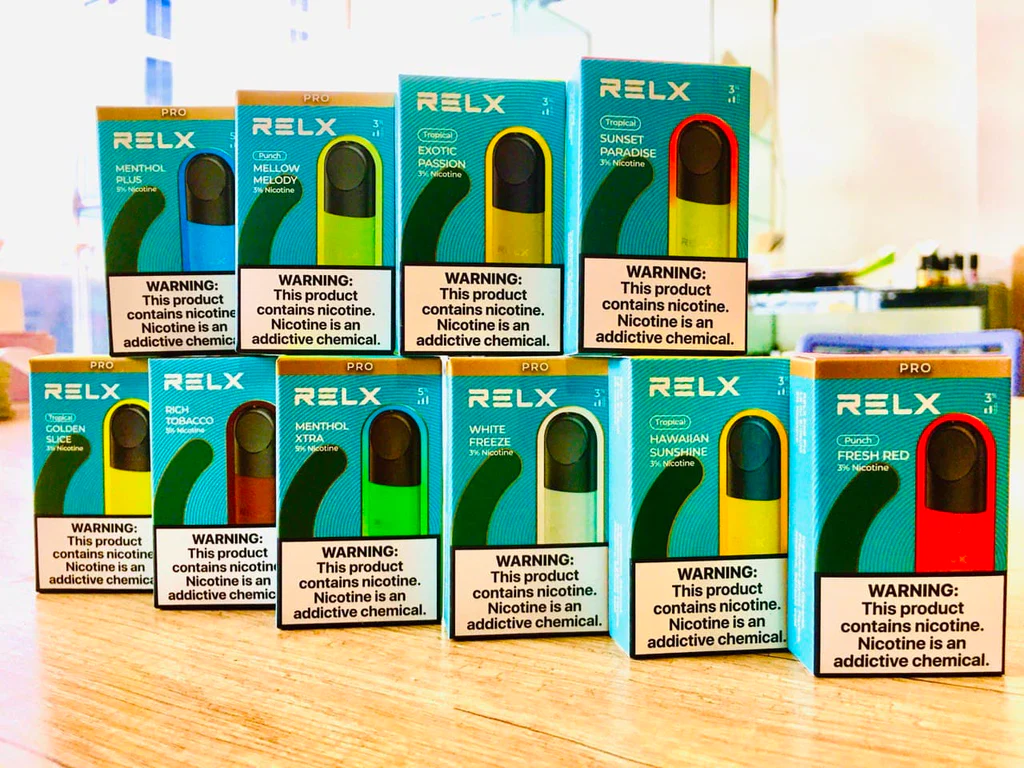On December 2nd, the State Tobacco Monopoly Administration announced the draft of e-cigarette management measures, which is another policy development after the release of the national e-cigarette standard (draft for comment) on November 30. Prior to this, on November 26, the State Council formally included e-cigarettes in the implementation regulations of the Tobacco Monopoly Law, establishing the legal status of e-cigarettes.
The recent policy “combination punch” eliminates the uncertain risks faced by the e-cigarette industry in the past. In the future, the industry will develop more healthily under the guidance of policy rules.
According to iiMedia Consulting’s data, China’s e-cigarette market has grown from 550 million yuan (86 million U.S. dollars) in 2013 to 8.38 billion yuan (1.31 billion U.S. dollars) in 2020, with an 8-year compound annual growth rate of 72.5%. .
The World Health Organization estimates that the number of smokers in China exceeds 300 million, which is close to one-third of the world’s total smokers. More than half of adult men in China are smokers. In contrast, the penetration rate of e-cigarettes in China’s smoking population is less than 1%, and the local e-cigarette market still has great development potential.
Industry experts analyze that e-cigarettes are used overseas as a tool to improve public health, and the recent implementation of regulatory regulations is expected to promote the orderly development of the industry in China and benefit leading companies in the industry.
The latest e-cigarette management regulations (draft for comments) issued by the State Tobacco Monopoly Administration emphasize the need to strengthen the supervision of the production side of e-cigarettes, and set thresholds for the hard power of the production enterprise’s capital, location, equipment, and technology. Only companies that meet the relevant requirements can be awarded a production license.
Previously, the national standards for electronic cigarettes (draft for comments) on November 30 set requirements for electronic cigarette equipment, materials, nicotine and additives. The draft for comments for the first time proposed that all e-cigarette devices should be equipped with protection functions against children.
It can be seen that the upcoming e-cigarette national standard puts forward more detailed requirements on the quality of e-cigarette products, forcing manufacturers to improve product safety. It is foreseeable that only manufacturers with the ability to control the quality and safety of the entire product process can meet the requirements of the national standard. In the long run, the implementation of the national standard for electronic cigarettes will promote the sustainable development of the industry and provide consumers with safer and more reliable products.
In the future, the concentration of the e-cigarette industry is expected to further increase, and leading manufacturers will continue to occupy a favorable position by relying on the entire chain of product safety control. Take the world’s largest manufacturer of electronic atomization equipment as an example. Its internal safety standards cover all PMTA testing items, and its own testing items have expanded to 134. An enterprise capable of chemical testing and health risk assessment.
From the perspective of global trends, due to their strong technical strength, leading companies in the industry can provide more complete scientific empirical data, have high credibility, and are more likely to gain the trust and approval of regulatory agencies in various countries. At present, the US FDA has only approved PMTA applications for products from British American Tobacco and Altria. This time, the China Tobacco Monopoly Administration also implemented a registration system for e-cigarette products listed in China, requiring applicants to provide scientific evidence for the safety of the products.
However, e-cigarette products that are only used for export are less affected this time, and only need to comply with the laws, regulations and standards of the destination country or region. Industry insiders believe that this regulation is beneficial to e-cigarette companies that currently take overseas as their main market.
As a global e-cigarette manufacturing center, Shenzhen produces e-cigarettes that account for about 90% of the global consumer market. Change is happening quietly here. As the price competition between manufacturers is turning into a technology competition, a new round of reshuffle is intensifying. An interesting phenomenon is that recently many manufacturers are getting together to release new technologies. The head player Simer has also revealed that FEELM’s new generation of atomization technology will be launched as early as December.

















Leave a Reply